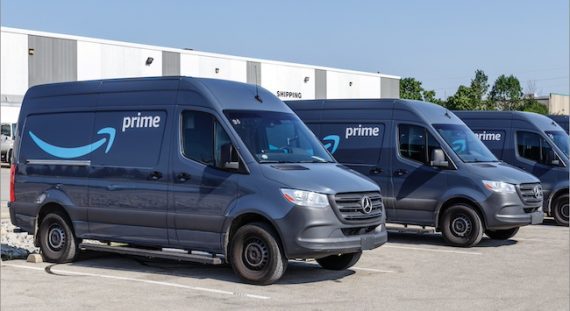
Retail ecommerce in Brazil more than doubled to 185 billion reais ($34.5 billion) in 2023 from $70 billion reais in 2018, while the average order increased in the same period from 435 reais to 470, according to the Brazilian Electronic Commerce Association.
By comparison, U.S. retail ecommerce sales in 2023 were $1.14 trillion, per eMarketer.
In Brazil, perfumery and cosmetics had the most online orders in 2023, followed by home and decor, health and food, and beverages.
Electronics in 2023 represented 31% of total ecommerce revenue, according to ECBD, a Brazil-based analysis firm, followed by fashion at 27%, hobby and leisure at 14%, and furniture and homeware at 11%.
Mercado Livre holds a dominant ecommerce position in Latin America. It was Brazil’s most trafficked retail website in March, with over 216 million visits, followed by Amazon, Shopee, OLX, and Ali Express. All are marketplaces. Amazon.com in the U.S. received 3.15 billion visits in March.
In Q1 2024, about 16% of total retail sales in Brazil came from digital channels — apps, sites, email. That’s comparable to the U.S. for the same period. In China, ecommerce in Q1 was 23% of total retail sales.
International Sellers
A 2024 study commissioned by Alibaba showed that cross-border ecommerce represented a mere 0.5% of total retail sales in Brazil, likely due to the difficulty of doing business there.
Despite consumer demand for phones, brand-name clothing, and baby gear, among other goods, it’s expensive and difficult to get things into the country.
“Doing business in Brazil requires in-depth knowledge of the local environment, including the high direct and indirect costs of doing business,” according to the U.S. International Trade Administration. Regulators have for years attempted to enact reforms but continue to face complex tax schemes, restrictive labor laws, and vexing import barriers.
Those hurdles have collectively restricted access to international goods, prompting many Brazilians to shop abroad.
Last year Brazilian lawmakers created a tax exemption for online purchases of $50 or less from international sellers, but a pushback from domestic merchants may result in its revocation, replaced by a 20% fee. Purchases above $50 are already subject to a 60% tax.
Brazilian logistics are an ecommerce barrier, with inadequate infrastructure in the world’s fifth largest country, most of which is rainforest. There aren’t enough roads, maintenance is poor, and ports have limited capacity. Cargo theft is a problem.
That’s as inflation has expanded, reaching a five-year monthly peak of 12% in April 2022.
Payments
Despite the challenges, the country has excelled in modernizing payments. In 2020 the Brazilian Central Bank introduced Pix, a real-time payments system requiring only an email address, phone number, or local ID — no bank account.
By 2023 Pix represented 41% of all retail transactions — online and in-store — followed by credit cards at 15% and debit cards at 13%. Buy-now pay-later services are also popular.
Brazil is the largest economy in Latin America, representing 57% of ecommerce sales with projected growth of about 14% annually through 2026, according to Payments and Commerce Market Intelligence, a global research firm.
The growth was bolstered by the pandemic, forcing Brazilians who didn’t fully trust the web to go online anyway. But Brazil remains among the most unequal countries, with the bottom 40% of families earning less in 2021 than in 2016, per the World Bank. Fewer jobs, persistent inflation, and a drop in government support could limit ecommerce growth, at least for the medium term.





